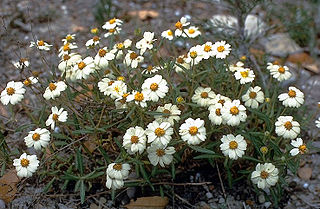
Melampodium is a genus of flowering plants in the sunflower family.

The Heliantheae are the third-largest tribe in the sunflower family (Asteraceae). With some 190 genera and nearly 2500 recognized species, only the tribes Senecioneae and Astereae are larger. The name is derived from the genus Helianthus, which is Greek for sun flower. Most genera and species are found in North America and South America. A few genera are pantropical.

Viguiera is a genus of flowering plants in the family Asteraceae. It contains around 19–40 species, which are commonly known as goldeneyes and are native to the New World. These are herbs to bushy shrubs that bear yellow or orange daisy-like flowers.

Gonolobus is a genus of plant in family Apocynaceae, first described in 1803. It is native to South America, Central America, Mexico, the West Indies, and the southern United States.

Tithonia is a genus of flowering plants in the tribe Heliantheae within the family Asteraceae.
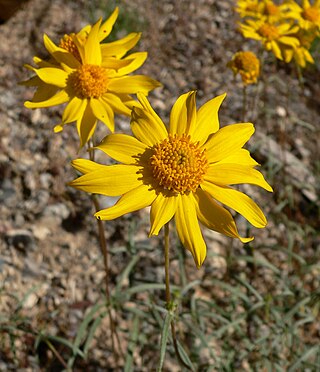
Heliomeris is a genus of flowering plants in the family Asteraceae, known generally as false goldeneyes.

Roldana also known as groundsel is a genus of large herbs or subshrubs from the tribe groundsel tribe within the sunflower family.

Hymenostephium is a genus of flowering plants in the family Asteraceae. It includes herbs and slender shrubs that occur from Mexico through to Venezuela and north-western Argentina.
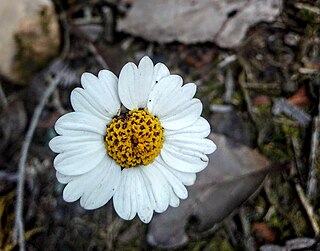
Sabazia is a genus of Colombian and Mesoamerican plants in the tribe Millerieae within the family Asteraceae.
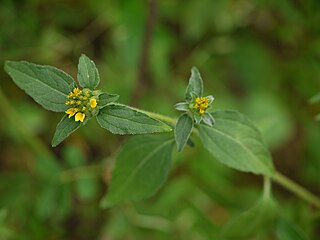
Sclerocarpus is a genus of flowering plants in the tribe Heliantheae within the family Asteraceae. Bonebract is a common name for plants in this genus.
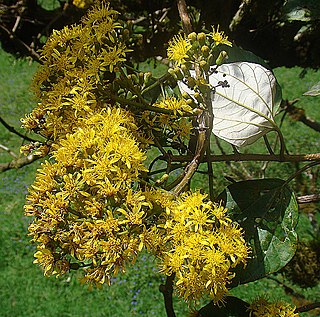
Sinclairia is a genus of Latin American plants in the tribe Liabeae within the family Asteraceae.
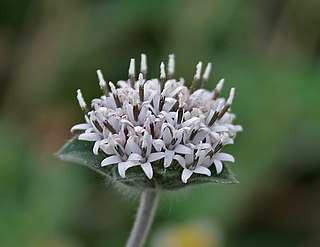
Lagascea is a genus of flowering plants in the family Asteraceae. It occurs primarily in Mexico, but some species extend into Central America and one reaches north into the western United States. One species, L. mollis, has been widely introduced to other localities around the tropics and subtropics.
Lundellianthus is a genus of Mesoamerican flowering plants in the tribe Heliantheae within the family Asteraceae.

Montanoa is a genus of flowering plants in the tribe Heliantheae, within the family Asteraceae.
Otopappus is a genus of flowering plants in the tribe Heliantheae within the family Asteraceae, primarily Mesoamerican but with one species from Jamaica.
Rensonia is a genus of Mesoamerican plants in the tribe Heliantheae within the family Asteraceae.

Perymenium is a genus of South American and Mesoamerican plants in the tribe Heliantheae within the family Asteraceae.
Philactis is a genus of Mexican plants in the tribe Heliantheae within the family Asteraceae.

Podachaenium is a genus of Mesoamerican plants in the tribe Heliantheae within the family Asteraceae.
Heiseria is a genus of flowering plants belonging to the family Asteraceae.















